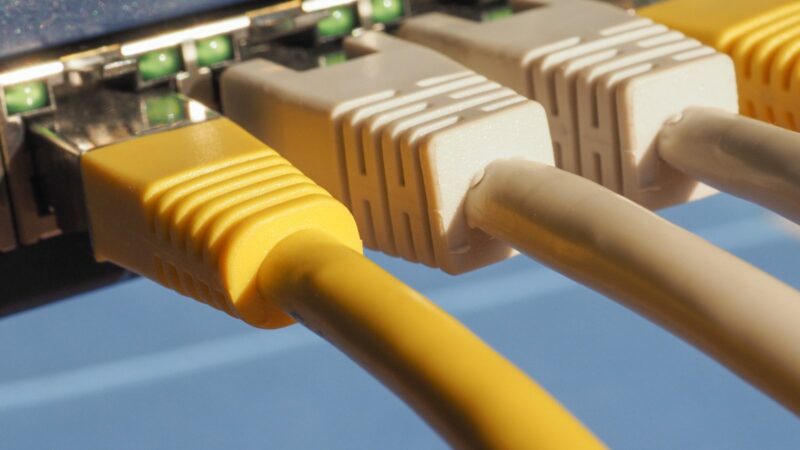When it comes to setting up a reliable and fast network connection, the choice between LAN cables and Ethernet cables can make a significant difference. As a tech enthusiast, I’ve often delved into the world of networking to understand the nuances between these two essential components. While both cables serve the purpose of connecting devices to a network, there are key differences that can impact performance and speed.
In my experience, exploring the distinctions between LAN and Ethernet cables has been enlightening. Understanding which cable suits specific networking needs can optimize connectivity and enhance user experience.
Lan Cable vs Ethernet Cable

When it comes to building a reliable network connection, understanding the difference between LAN and Ethernet cables is crucial. LAN, short for Local Area Network, refers to a network covering a small geographic area, like a home or office. On the other hand, Ethernet cables are the physical cables used to connect devices to form a LAN.
LAN cables are the actual network cables that facilitate communication between devices within a specific area. They are commonly used in homes and small businesses to connect computers, printers, and other devices to share resources and information. Ethernet cables, a type of LAN cable, are specifically designed to support Ethernet communication standards, providing a fast and stable connection.
Types of LAN and Ethernet Cables
In the realm of networking, various types of LAN and Ethernet cables play a crucial role in establishing efficient and reliable connections. Understanding the distinctions between these cables is vital for optimizing network performance based on specific requirements. Let’s delve into the key types of LAN and Ethernet cables:
- Unshielded Twisted Pair (UTP) Cable
- UTP cables are commonly used for both LAN and Ethernet connections.
- These cables contain pairs of twisted wires that are not shielded, making them affordable and versatile for various networking needs.
- UTP cables are available in different categories such as Cat 5, Cat 5e, Cat 6, and Cat 6a, each offering different data transmission speeds and performance levels.
- Shielded Twisted Pair (STP) Cable
- STP cables feature additional shielding to reduce electromagnetic interference, making them ideal for environments where interference is a concern.
- The shielding in STP cables provides better protection against external factors, ensuring more stable connections compared to UTP cables.
- STP cables are often used in industrial settings or areas with high interference potential.
- Fiber Optic Cable
- Fiber optic cables use light pulses to transmit data, offering high-speed and long-distance connectivity.
- These cables are immune to electromagnetic interference and provide secure data transmission, making them suitable for demanding network environments.
- Fiber optic cables are commonly used in data centers, telecommunications, and high-bandwidth applications.
Understanding the characteristics and applications of these LAN and Ethernet cable types is essential for selecting the most suitable option to meet specific networking demands and ensure optimal performance.
Key Differences Between LAN and Ethernet Cables

Exploring the disparities between LAN and Ethernet cables unveils essential variances crucial for network optimization. LAN cables, synonymous with Local Area Network cables, encompass a broader spectrum, including Ethernet cables.
- Type: LAN cables embody a broader array of network cables used in local area networks, while Ethernet cables specifically refer to the popular twisted pair cables for Ethernet connections.
- Usage: Ethernet cables are commonly employed to link devices within a limited area like a home or office network, whereas LAN cables serve various networking needs within restricted geographic locations.
- Standards: Ethernet cables adhere to industry standards like Cat 5, Cat 6, or Cat 7, ensuring optimal performance and compatibility. On the other hand, LAN cables encompass a wider scope, incorporating various connectivity standards.
- Performance: Ethernet cables are renowned for their high-speed data transmission capabilities and reliability in Ethernet connections. In contrast, LAN cables, while offering similar functionalities, cater to a broader spectrum of networking requirements.
Understanding the nuances between LAN and Ethernet cables aids in selecting the most suitable option based on specific networking requirements, ensuring seamless connectivity and enhanced network performance.